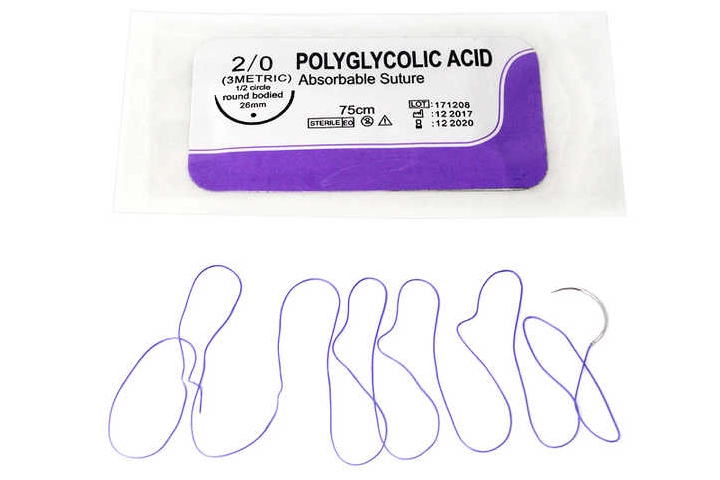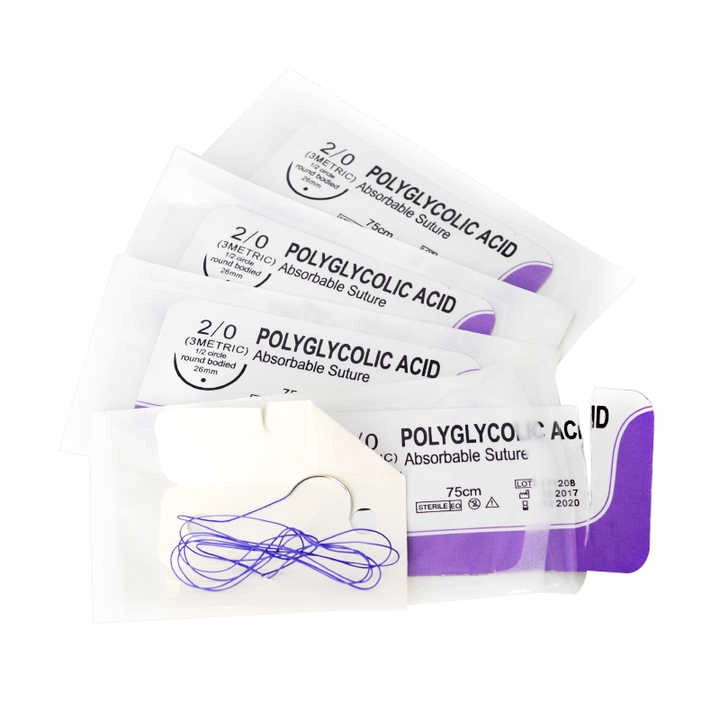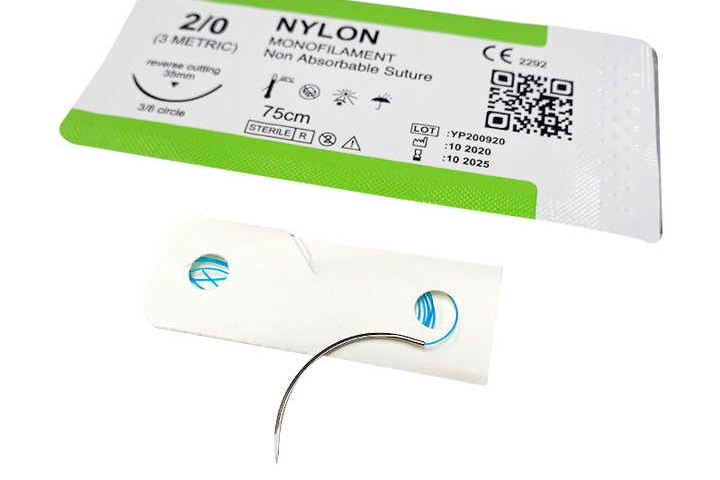
The Role of Silk Surgical Sutures in Modern Medicine
A Look Back at Silk Surgical Sutures
Silk surgical sutures have been around for ages. Ancient folks used natural fibers to stitch up wounds. We see this in places like Egypt and India long ago. They loved silk threads for their toughness and smooth feel. Over time, silk became a go-to choice. It was easy to sterilize. It felt good in the hands. This history helped silk find a place in today’s operating rooms.
How Silk Sutures Are Used Today
Nowadays, silk sutures are a big deal in surgeries. Doctors pick them for eye operations, stomach procedures, and cosmetic fixes. They’re bendy and hold knots tight. Silk works great for stitching soft tissues that need strength but don’t need to dissolve. Since they stick around, they’re perfect when lasting support is key.
Silk vs. Nylon Sutures: A Comparison
What Makes Silk and Nylon Sutures Different
Silk sutures come from silkworm protein fibers. Nylon ones are made in a lab. Silk is super flexible and easy to work with. It makes tying knots a breeze. Nylon, though, is stronger and stretchier. It doesn’t break easily under stress. Being synthetic, nylon doesn’t bother tissues much.
Silk has a woven design. This gives it great grip but can hold bacteria if not cleaned well. Nylon, whether single or multi-stranded, is smoother. This cuts down on infections but can be tricky in delicate surgeries.
How They Affect Healing
Picking silk or nylon changes how wounds heal. Silk, being natural, sparks a small inflammation. This can help healing at first. But if left too long, it might cause lumps. Nylon barely stirs the tissue. That’s great for sensitive patients or when sutures need to stay put longer.
Silk’s knots stay put in tense spots. Removing them needs care to avoid hurting tissue. Nylon slides in smoothly, reducing friction. But tying its knots takes extra skill to keep them from slipping.
Pros and Cons of Silk Surgical Sutures
Why Silk Sutures Shine in Certain Surgeries
Silk sutures bring a lot to the table for specific procedures:
- Easy to Handle: They’re flexible and smooth, so surgeons can work with ease.
- Secure Knots: Their woven texture keeps knots tight and reliable.
- Budget-Friendly: Silk costs less than options like nylon or polypropylene.
- All-Purpose: They work for everything from blood vessel repairs to dental jobs.
These perks make silk a favorite for surgeries needing precision and strength.
Downsides and Other Options
Silk sutures aren’t perfect:
- Tissue Irritation: Being natural, they can cause inflammation or lumps.
- Non-Dissolving: They need removal, which can make recovery trickier.
- Infection Risk: Their woven design can trap bacteria if not sterilized properly.
Other choices, like nylon or polyglycolic acid (PGA), fix some of these issues. Nylon is less++ less reactive. PGA dissolves on its own, so no removal is needed while still being strong during healing.
In the end, silk or nylon depends on the surgery and the patient. Silk’s history and success keep it relevant. But new synthetic sutures give surgeons more choices.
Silk vs. Nylon: A Surgeon’s Guide
What Patients Need in Suture Choices
Choosing silk or nylon depends on the patient. Things like tissue sensitivity, healing speed, and health conditions matter. If someone’s prone to allergies, nylon’s synthetic nature is kinder to their body. Silk might be better when flexibility and tight knots are needed.
Age and health play a part too. Older folks or those with weaker immune systems need sutures that cut infection risk. Nylon’s smooth surface helps with that. Silk’s great handling makes it perfect for delicate jobs, like eye or reconstructive surgeries.
What Surgeries Demand from Sutures
The surgery itself guides the choice. Silk is a star in procedures needing secure knots and ease, like gut or heart surgeries. Its natural fibers hold up under pressure.
Nylon shines where strength and stretch matter most. Think orthopedic fixes or high-stress spots. It handles strain without breaking. Plus, its low tissue reaction suits long-term use.
Why Medco’s Silk Suture Stands Out

What Makes Medco’s Silk Suture Special
Medco’s been in the medical tool game for over 18 years. Their silk surgical sutures are top-notch. They’re made with tight quality checks to work well in all kinds of surgeries.
Strong and Reliable Performance
Medco’s silk sutures are tough as nails. Surgeons trust them in high-stakes procedures. They hold strong under stress, so there’s no worry about breaking during stitching. This makes them a must for surgeries needing solid tissue support.
Flexible and Easy to Use
Medco’s silk sutures are super flexible. Their smooth texture lets surgeons move them easily. Tying precise, secure knots is a snap. This is a big deal in detailed surgeries where every move counts.
Why Pick Medco’s Silk Suture
Choosing Medco’s silk suture means getting a product that mixes old-school reliability with modern quality. Medco’s products are certified with CE0123 and ISO13485, meeting tough global standards. Surgeons know Medco delivers safe, effective tools that boost surgery results.
Medco doesn’t stop at great products. They offer top customer service and fast shipping worldwide. With sales in over 130 countries, they’re a trusted name. Their one-stop services give doctors the support they need.
FAQ
Q: What are silk sutures made of?
A: Silk sutures come from natural protein fibers produced by silkworms. They’re flexible and smooth, making them easy to handle for precise knot tying in surgeries.
Q: What are nylon sutures made of?
A: Nylon sutures are synthetic polymers. They’re strong, stretchy, and less likely to break under tension, ideal for high-stress surgical areas.
Q: Which suture: silk vs nylon is stronger?
A: Nylon sutures have superior tensile strength compared to silk. They withstand greater stress, making them suitable for demanding procedures like orthopedic surgeries.
Q: Which suture: silk vs nylon is more flexible?
A: Silk sutures are more flexible than nylon. Their smooth, bendy texture allows easier handling and secure knot tying in delicate surgeries.




